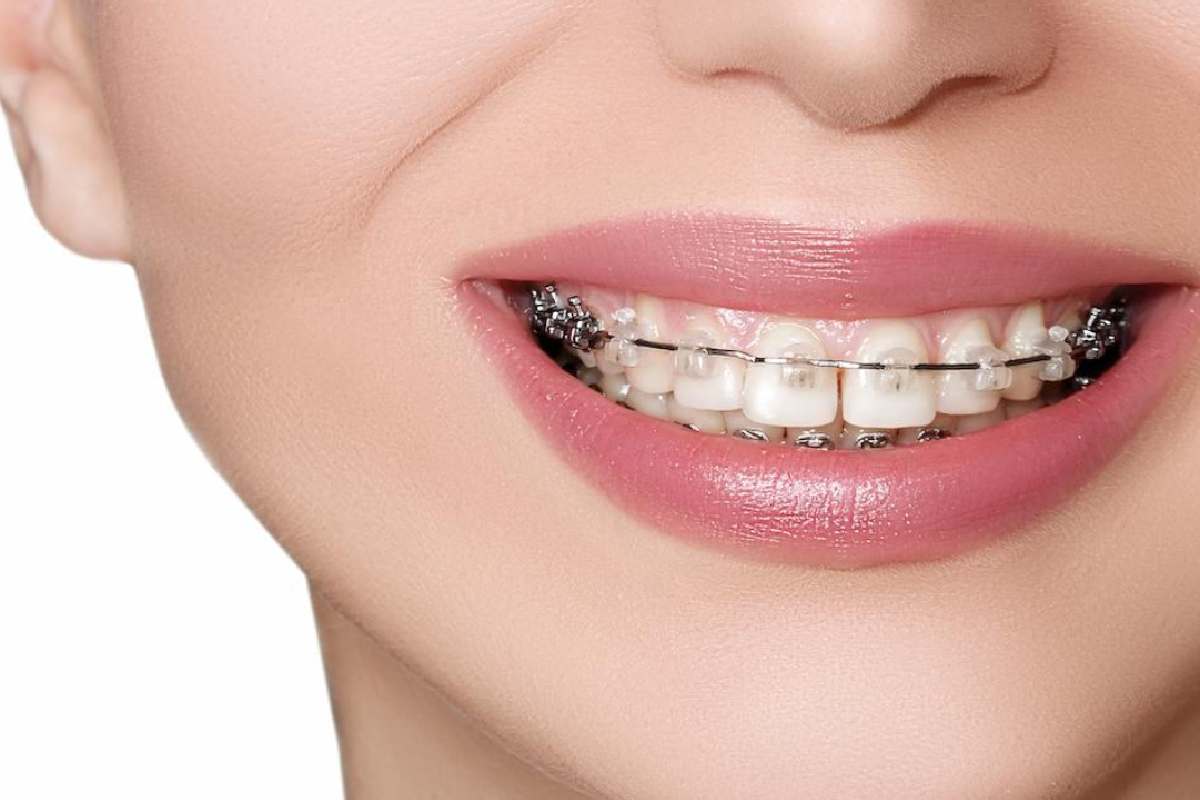Orthodontics mainly focuses on aligning the teeth and jaw. But its impact goes beyond a perfect smile, influencing overall health and daily life.
One growing area of interest is the correlation between orthodontics and sleep, especially when it comes to conditions like sleep apnea. Researchers and clinicians are paying closer attention to how orthodontic care may support better breathing and healthier sleep patterns.
Recent research has revealed a complex interplay between orthodontic practices and sleep apnea, underscoring the necessity for ongoing exploration by researchers. It is equally essential for both existing patients and potential ones to grasp the intricate connections that exist between sleep apnea and orthodontic treatments.
Table of Contents
Breathing Disruptions During Sleep
Obstructive Sleep Apnea (OSA) is a serious condition. It can be life-threatening if not treated. Doctors from many fields are paying more attention to it today.
OSA happens when breathing stops and starts during sleep. It is not just a simple problem of the airway. Instead, it results from a mix of neurological, muscular, and physical factors.
The airway can collapse during sleep, causing breathing disruptions. Because of this, OSA cannot be fully prevented or treated by only changing the jaw or airway size. Surgery or dental changes alone may not cure the condition for everyone.
Managing OSA often requires a broader approach. Consulting a private orthodontist may provide helpful insights. They can work with other specialists to guide treatment and improve outcomes.
The Significance of Obstructive Sleep Apnea
In Adults
OSA affects adults in many ways. Common daytime symptoms include:
-
Excessive sleepiness
-
Poor focus and memory issues
-
Higher risk of accidents while driving
-
Strained personal and professional relationships
At night, symptoms may include:
-
Loud snoring
-
Pauses in breathing
-
Restless sleep
-
Frequent bathroom visits
If untreated, severe OSA can lead to high blood pressure, strokes, shorter life expectancy, and even death.
In Children
Children show OSA differently from adults. Daytime symptoms may include:
-
Behavioural issues
-
Trouble learning
-
Poor attention span
At night, symptoms may include:
-
Noisy breathing or snoring
-
Restlessness during sleep
-
Mouth breathing
-
Odd sleeping positions
-
Bedwetting
In some cases, OSA in children can cause poor growth and heart problems. Early treatment is important. Guidance from a private orthodontist can help reduce long-term risks and improve overall well-being.
Prevalence of Obstructive Sleep Apnea
Recent studies indicate that OSA prevalence is 1-4% in children of healthy weight, increasing to over 50% in obese children. In adults aged 30-50, 10% of men and 3% of women have OSA, with a rise to 17% in men and 9% in women over 50. The prevalence in obese individuals surpasses 75%.
Causes of Obstructive Sleep Apnea
Many factors can lead to OSA. Common causes include:
-
Weak muscle tone in the upper airway
-
Obesity or excess body weight
-
Ageing, which reduces muscle strength
-
Neuromuscular disorders
-
Structural issues that narrow the airway
It is important to note that orthodontic treatments such as headgear, tooth extractions, or backward pulling mechanics are not proven causes of OSA.
Similarly, there is no direct link between craniofacial structure and sleep-disordered breathing in children. This means OSA in kids cannot be explained only by facial or jaw shape.
Risk Factors for Obstructive Sleep Apnea
Understanding the prevalence of OSA is vital, especially in specific demographics. Recent studies indicate a higher prevalence in obese individuals. A private orthodontist’s expertise in assessing the oral and facial structures, along with a free consultation, can contribute to a comprehensive understanding of how these factors may intersect in personalised treatment plans.
Sleep Apnea and Its Connection to Orthodontic Treatment
The link between orthodontics and sleep apnea is an interesting area of study. Some people believe that treatments like palatal expansion can reduce the effects of obstructive sleep apnea (OSA). However, research shows that most dentofacial orthodontic treatments are not effective in curing OSA.
Still, orthodontics and sleep apnea remain connected. Many orthodontic patients may also experience symptoms of OSA.
The Role of Early Orthodontic Assessments
-
Early orthodontic check-ups are important for children.
-
These visits support healthy dental development.
-
Orthodontists can also identify risk factors linked to sleep apnea.
-
While orthodontists cannot diagnose OSA, they play a role in the screening process.
Collaboration in Treatment
Once a doctor officially diagnoses OSA, orthodontists become valuable partners in care. This teamwork is important because some OSA treatments involve oral appliances that affect the teeth and jaw.
Private orthodontists can:
-
Provide custom appliances that adjust the lower jaw’s position
-
Help improve airflow during sleep
-
Monitor dental changes caused by mouthpieces
By working with physicians, orthodontists enhance the overall success of sleep apnea treatment. Their role highlights the importance of collaboration in managing this condition.
Orthodontics and Surgical Interventions
Orthodontics also plays a role in surgical treatments for obstructive sleep apnea (OSA). One such treatment is maxillomandibular advancement (MMA).
MMA surgery repositions the upper and lower jaws to create more space in the airway. It is often suggested for patients who cannot tolerate CPAP therapy or oral appliances. Research shows it can be very effective in reducing OSA symptoms.
Because MMA changes jaw alignment, orthodontic care is usually needed afterward. Orthodontists help correct any misalignments caused by the surgery. In this way, orthodontics acts as the final step in the treatment, ensuring proper function and a stable bite.
Considering the substantial correlation between orthodontics and sleep apnea, it is advisable to consult with your orthodontist alongside other medical professionals if you harbour concerns about the potential presence of sleep apnea in yourself or your children.
In conclusion, partnering with a private orthodontist, especially through a free orthodontic consultation, can provide valuable perspectives on addressing OSA. This collaboration ensures a tailored approach to management, taking into account individual variations in anatomy and contributing factors.

